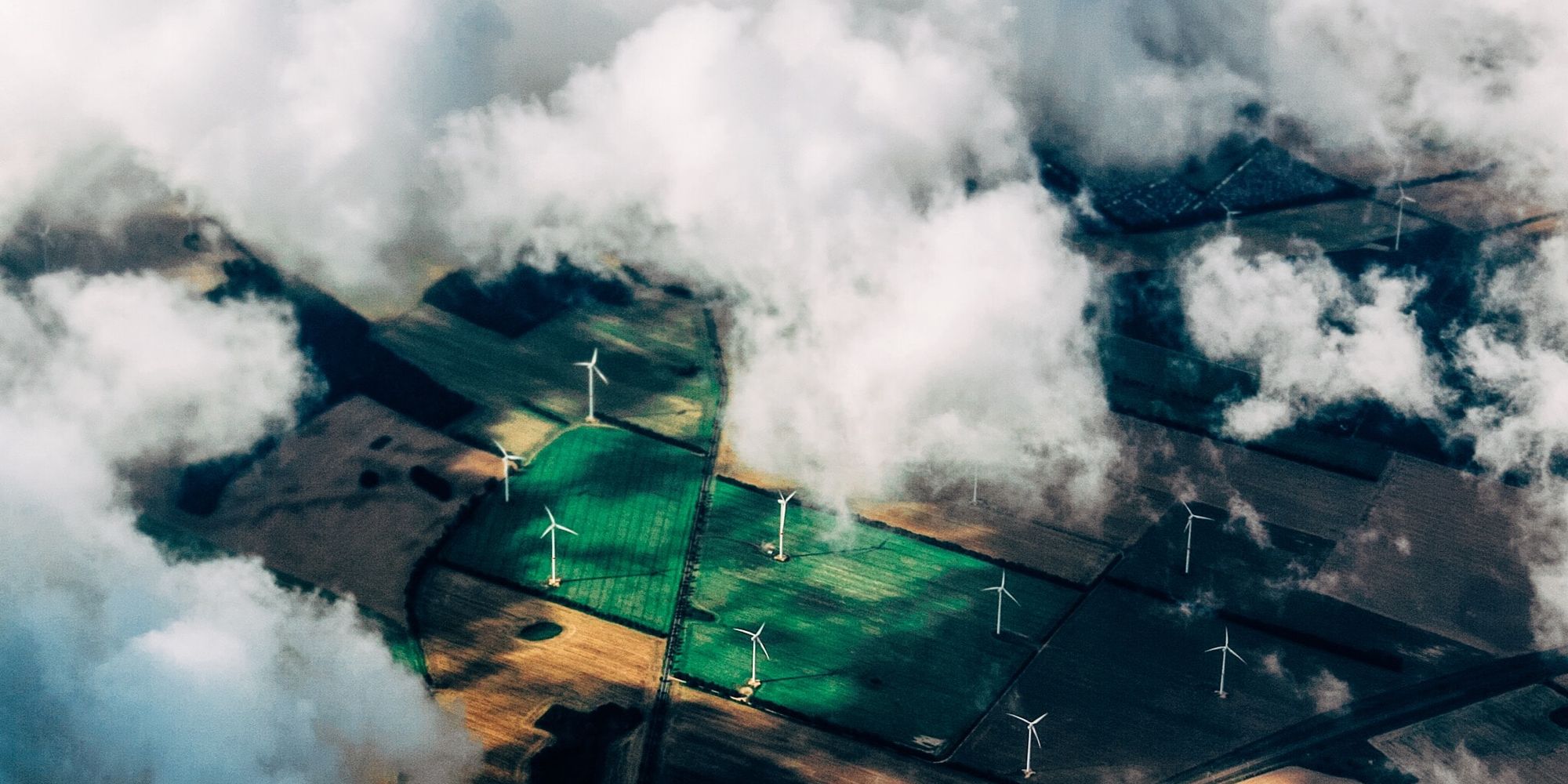Beyond Solar: Here’s What the Clean Energy Future Might Look Like
Introduction:
As the world strives to reduce its reliance on fossil fuels and combat the effects of climate change, the transition to clean energy sources has become more crucial than ever. While solar power has been at the forefront of renewable energy discussions, the clean energy future holds immense potential beyond solar. In this blog post, we will explore some promising technologies and trends that may shape the future of clean energy.
1. Wind Power Revolution:
Wind power has made significant strides in recent years and continues to gain momentum as a viable clean energy source. Advancements in wind turbine technology, including larger and more efficient turbines, have contributed to increased electricity generation. Offshore wind farms, harnessing the power of strong coastal winds, are emerging as a key player in clean energy production. With further innovation and investment, wind power has the potential to provide substantial electricity output and bolster the global transition to renewable energy.
2. Energy Storage Breakthroughs:
One of the critical challenges in transitioning to clean energy is the intermittent nature of renewable sources. However, breakthroughs in energy storage technologies offer promising solutions. Battery storage systems, such as lithium-ion batteries, are becoming more affordable and efficient, enabling the storage of excess renewable energy for later use. Moreover, emerging technologies like flow batteries, compressed air energy storage, and hydrogen fuel cells hold the promise of long-duration storage and grid-scale applications. These advancements in energy storage are crucial for maintaining a stable and reliable clean energy grid.
3. Electrification of Transportation:
The future of clean energy is intricately linked with the electrification of transportation. As electric vehicles (EVs) become more accessible and widespread, they present a tremendous opportunity to reduce carbon emissions in the transportation sector. Governments and industries around the world are investing in EV infrastructure and supporting the development of electric vehicle technologies. Moreover, the integration of renewable energy sources, such as solar and wind, with EV charging stations creates a symbiotic relationship, enabling cleaner and more sustainable transportation.
4. Smart Grids and Energy Management:
The integration of advanced technologies, such as artificial intelligence, IoT, and data analytics, is revolutionizing energy management and the efficiency of power grids. Smart grids enable real-time monitoring, optimizing energy distribution, and demand-response mechanisms. Through intelligent energy management systems, consumers can actively participate in energy conservation, peak shaving, and load balancing. This decentralized approach empowers individuals, communities, and businesses to actively contribute to the clean energy transition while minimizing waste and maximizing efficiency.
5. Next-Generation Solar Technologies:
While discussing the clean energy future, it is essential to mention the continued advancements in solar energy. Beyond traditional photovoltaic panels, emerging technologies like solar windows, solar paints, and solar tiles are transforming the way we harness solar energy. These innovations seamlessly integrate solar power into architectural designs, making renewable energy generation an inherent part of our infrastructure. Moreover, research into next-generation solar cells, including perovskite and organic solar cells, shows great promise for improving efficiency and reducing costs.
Conclusion:
The clean energy future holds exciting possibilities beyond solar power. Wind power, energy storage breakthroughs, electrification of transportation, smart grids, and next-generation solar technologies are key components of a diversified and sustainable clean energy ecosystem. As these technologies continue to evolve, they pave the way for a future where renewable energy is the primary source of power, driving economic growth, mitigating climate change, and providing a healthier planet for generations to come. Embracing these advancements and supporting clean energy initiatives is crucial for realizing the full potential of a clean energy future.
Sources
American Wind Energy Association (AWEA) - Official website providing information on wind energy advancements: https://www.awea.org/
U.S. Department of Energy - Energy Storage Program - Information on energy storage technologies and research: https://www.energy.gov/eere/electricity/energy-storage
International Energy Agency (IEA) - Report on global trends in renewable energy and electrification of transportation: https://www.iea.org/
Smart Electric Power Alliance (SEPA) - Resources on smart grids and energy management: https://sepapower.org/
National Renewable Energy Laboratory (NREL) - Research and development in next-generation solar technologies: https://www.nrel.gov/


